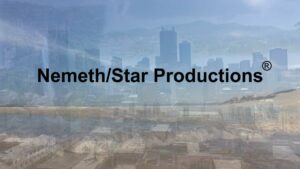That's all for now from our live coverage. We thank you for your attention. You can find all pictures in high resolution to download and use under CC-BY-SA IGO license on the ESA website of Euclid. Euclid is a project by the European Space Agency, financed by European tax money, in partnership with NASA. These pictures proof the good working of the Euclid observatory. It gives much hope for more fantastic relevations when scientific research begins early next year. The Horsehead Nebula picture is important because we can see here one of the main goals of Euclid: discovering the planet formation and building of galaxies. Some of these just born stars will later form new galaxy clusters. The last image of Euclid shows the view of the Horsehead Nebula. This is the fourth image of Euclid. Euclid will get some more adjustments until it will start it's full scientific research in early 2024. The third picture shows a View of irregular galaxy NGC 6822 Before the pictures could be made, a software update to Euclid was necessary to make shoots more accurate. Images like these are only possible because Euclid is very stable in orbit at LG2 does not shake or move. The second image shoot by Euclid is the view of spiral galaxy IC342. First time Euclid can make images with one single shoot and not with several small images that get combined later on. Here is the first picture. Every dot on this picture shows a galaxy. This is the Perseus cluster of galaxies. The following published images have been made in just 1 day of Euclid operations. One picture took 1 hour to make. Today ESA releases the first images of the Euclid space observatory.
If you want to see more of our content join
@signalapp: https://signal.group/#CjQKIHfqX73P2CirD_TRqWha9BJ8ew7RrysHe2Esd69vTLa4EhCTHx-BPgLhIk-xuq7P_dJV
Mastodon: @nemethstarproductions_official@mastodon.social @space_friday@mastodon.social
BlueSky: @nemethstarpro.bsky.social @spacefriday.bsky.social
It was shoot in only 1 hour and it is the most detailed picture of the Horsehead Nebulamade yet. We can see gas and more planet formation processes in this image. It was helped with the infrared camera. The Horsehead Nebula can't be seen with the naked eye in the sky but with a telescope you find it in the orion star constelation.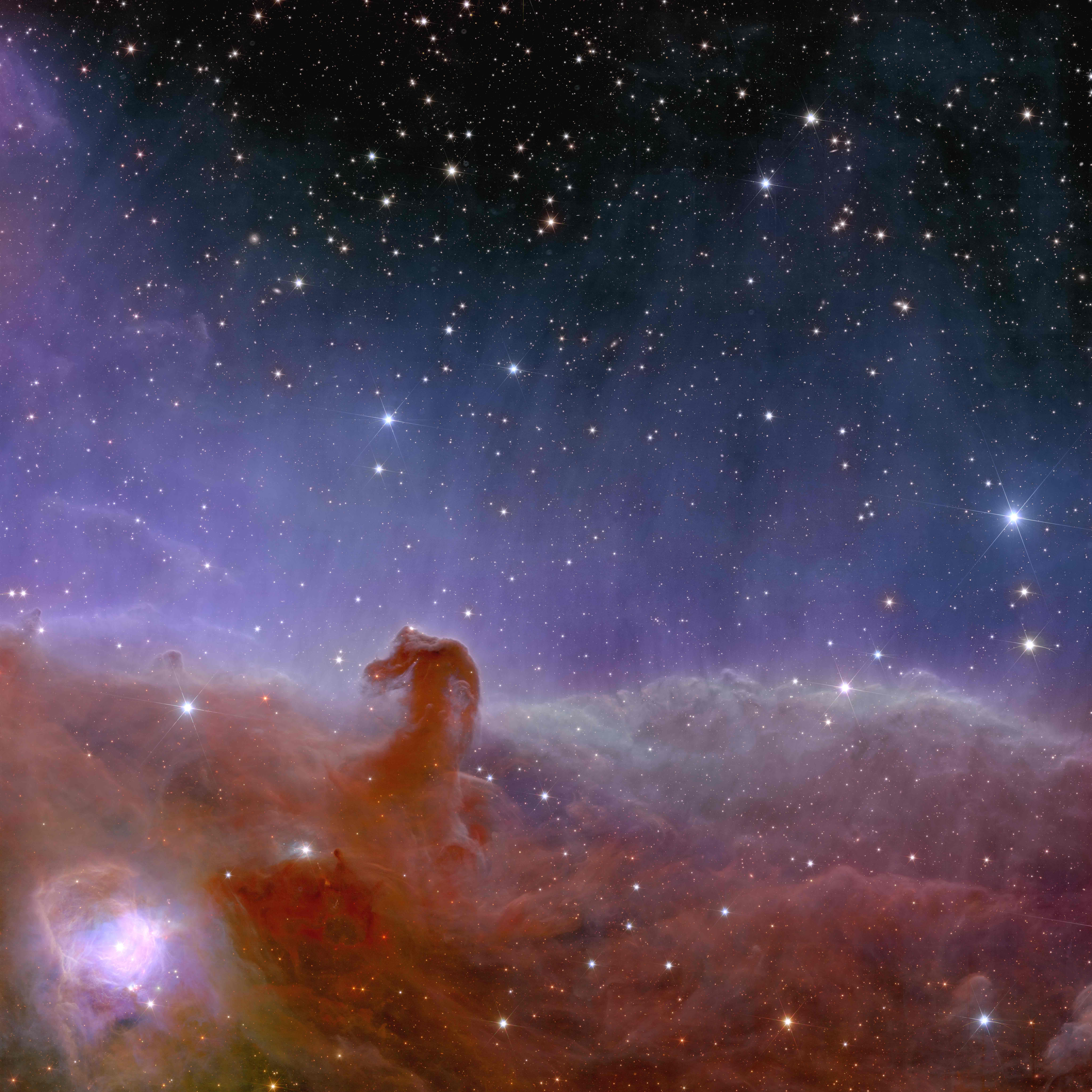
Credit: ESA/Euclid/Euclid Consortium/NASA, image processing by J.-C. Cuillandre (CEA Paris-Saclay), G. Anselmi, CC BY-SA 3.0 IGO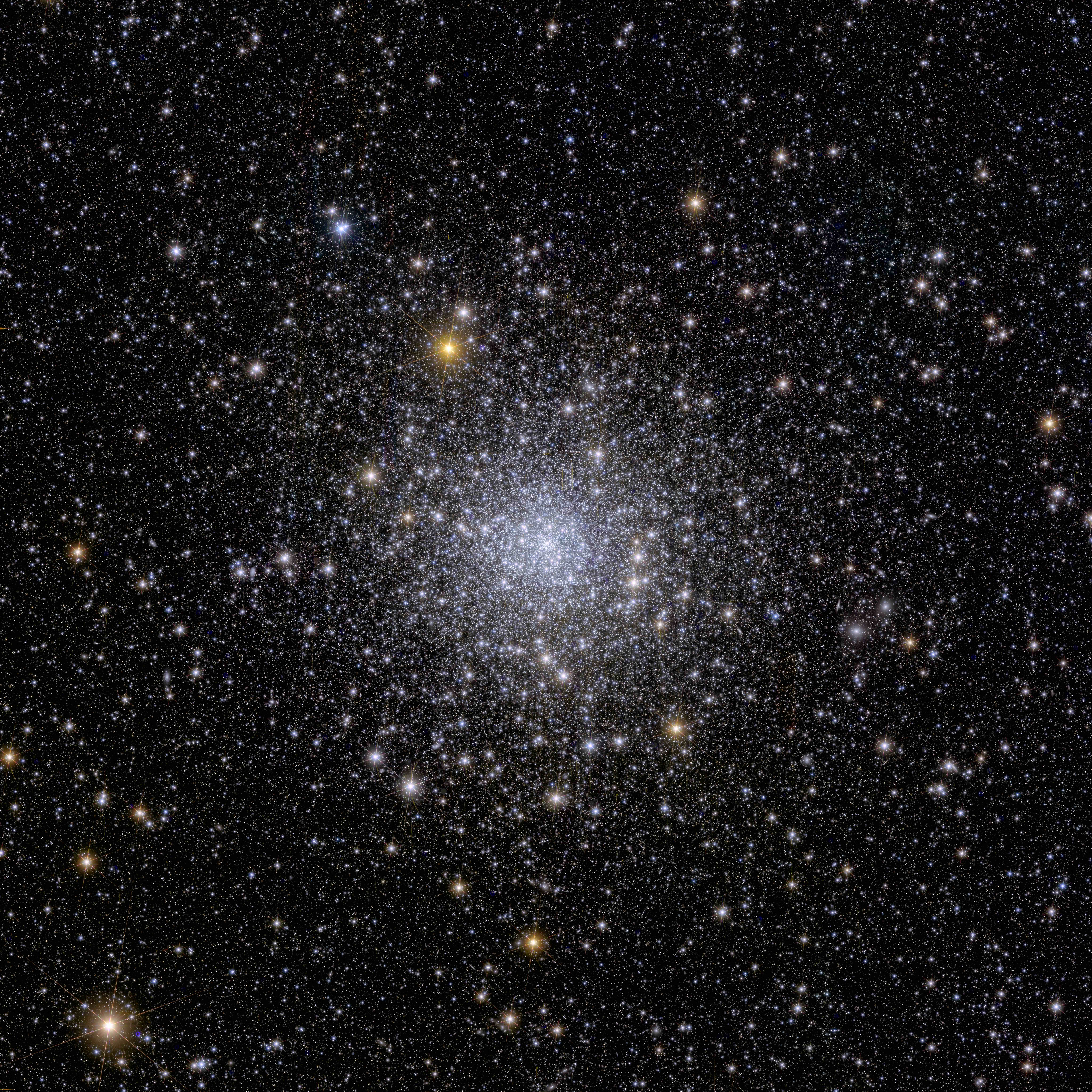
Credit: ESA/Euclid/Euclid Consortium/NASA, image processing by J.-C. Cuillandre (CEA Paris-Saclay), G. Anselmi, CC BY-SA 3.0 IGO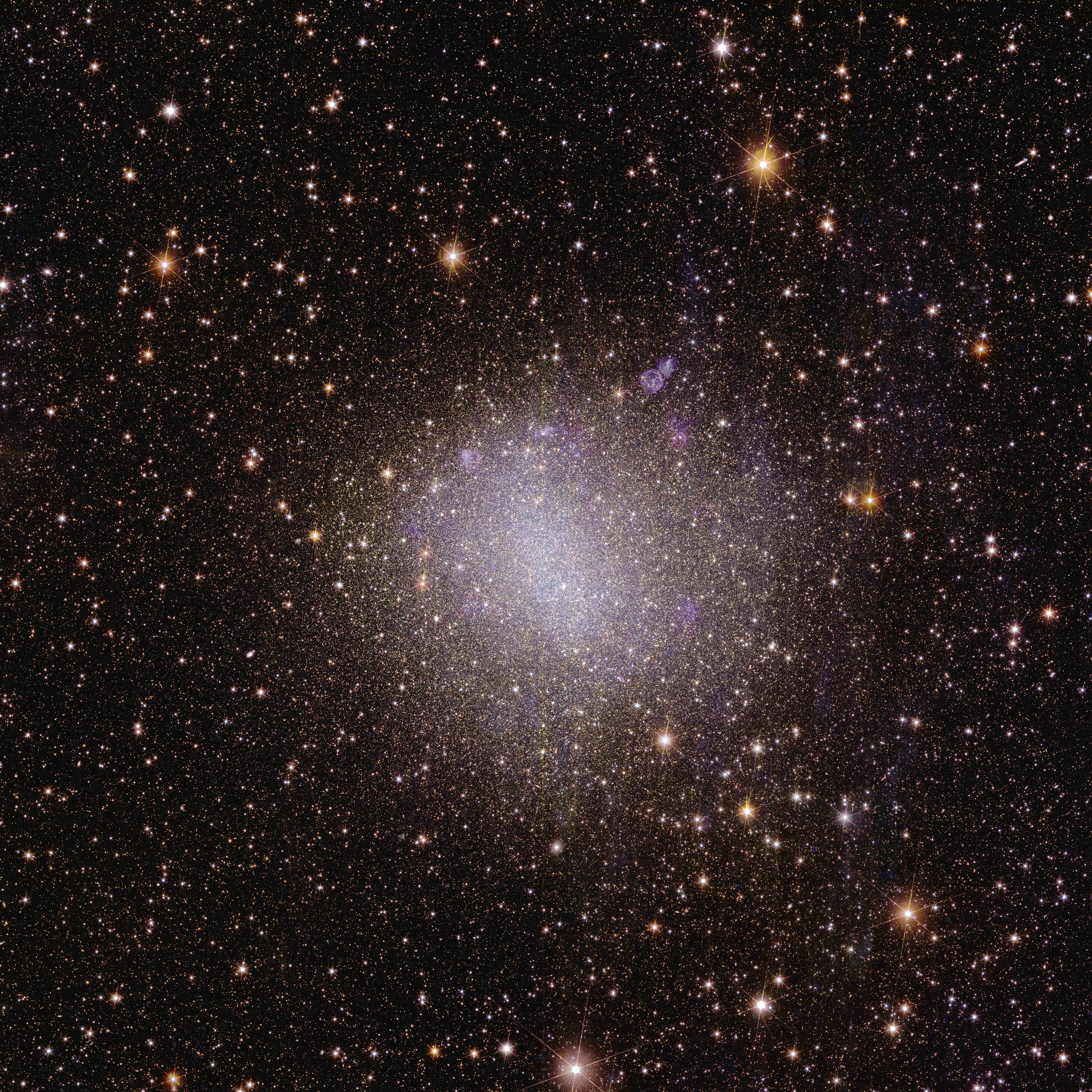
Credit: ESA/Euclid/Euclid Consortium/NASA, image processing by J.-C. Cuillandre (CEA Paris-Saclay), G. Anselmi, CC BY-SA 3.0 IGO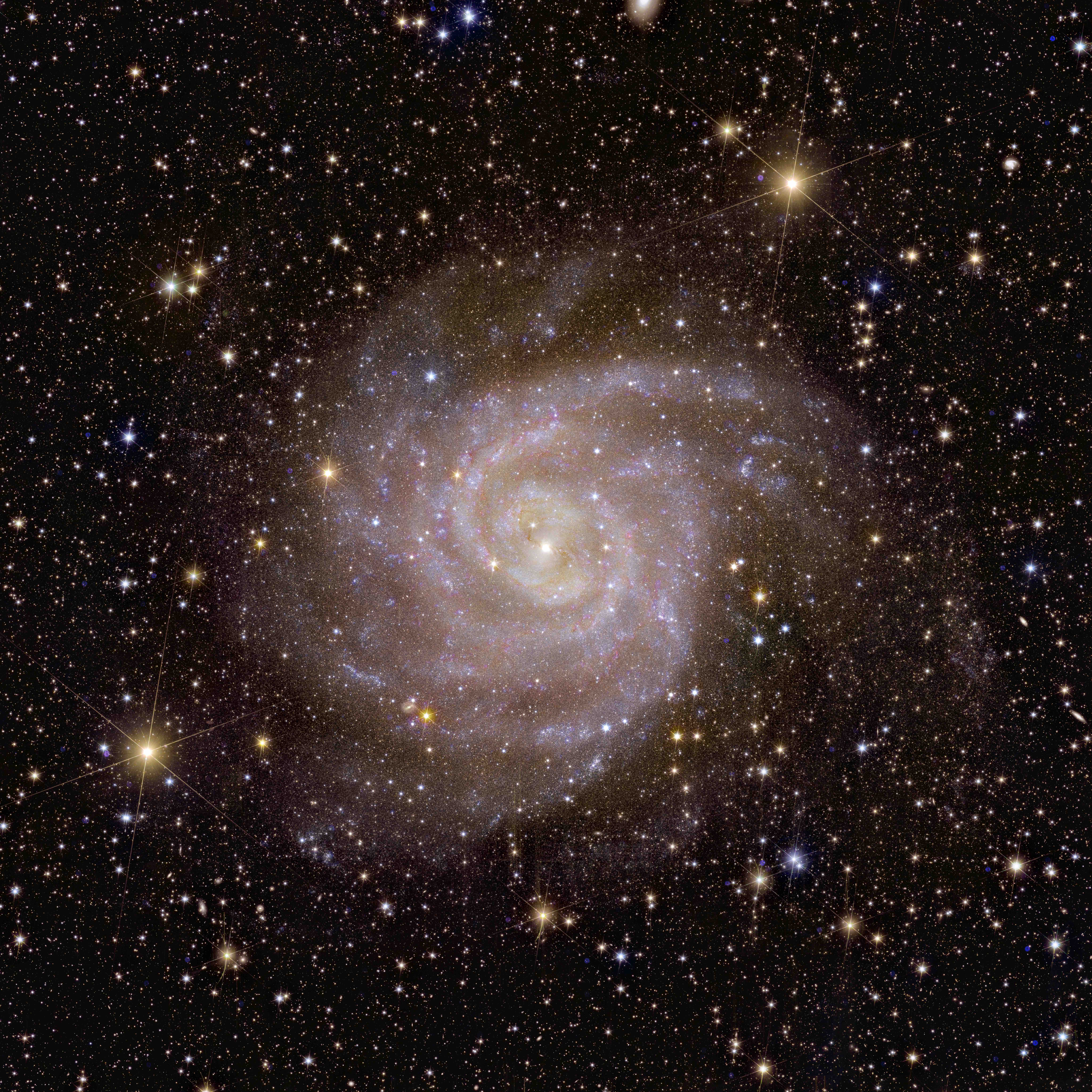
Credit: ESA/Euclid/Euclid Consortium/NASA, image processing by J.-C. Cuillandre (CEA Paris-Saclay), G. Anselmi, CC BY-SA 3.0 IGO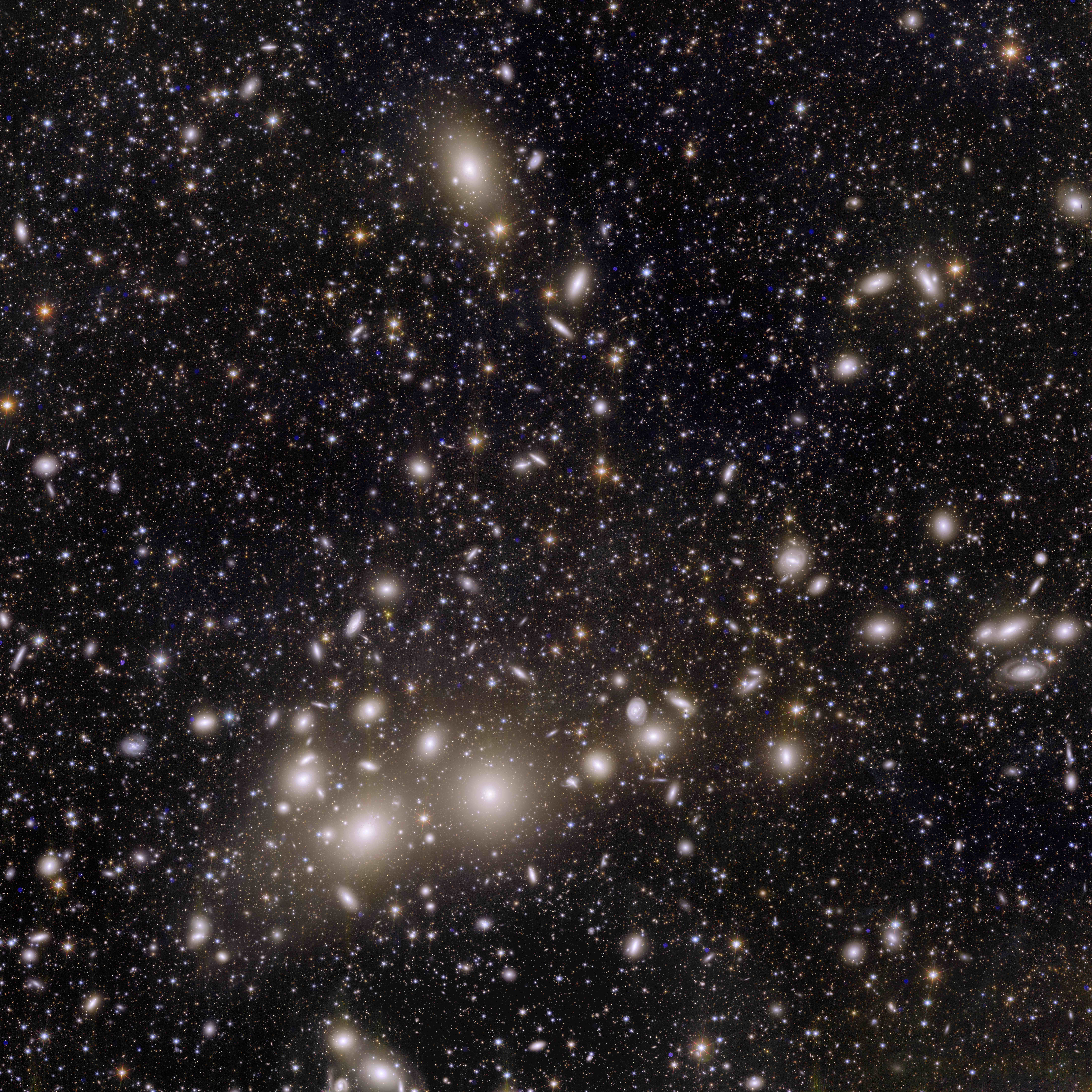
Credit: ESA/Euclid/Euclid Consortium/NASA, image processing by J.-C. Cuillandre (CEA Paris-Saclay), G. Anselmi, CC BY-SA 3.0 IGO
